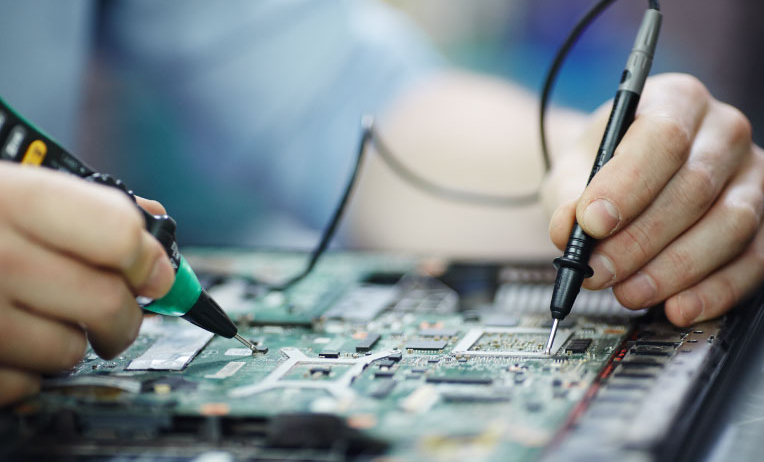What are the new innovations in VLSI technolgies?
What are the new innovations in VLSI technolgies? Recent innovations in Very-Large-Scale Integration (VLSI) technology are largely driven by the demands for faster, smaller, and more power-efficient electronic devices. Here are some key advancements:
Advanced Node Scaling (Beyond 5nm)
3nm and 2nm Process Nodes: Companies like TSMC, Intel, and Samsung are working on even smaller process nodes to pack more transistors on a chip, improving performance and energy efficiency.
Gate-All-Around (GAA) Transistors: This is a new transistor architecture that helps mitigate short-channel effects and improves control over leakage currents, allowing for continued scaling below 5nm.
Chiplet-Based Designs
Heterogeneous Integration: Instead of manufacturing a large monolithic chip, chiplets allow designers to integrate multiple smaller chips (or “chiplets”) into a single package. This improves yield and allows mixing different process technologies within the same device, boosting flexibility and performance.
AMD and Intel have already implemented this technology in their processors.
3D IC Integration
3D Stacking: Stacking multiple layers of circuits vertically on a single chip to reduce the interconnect distance between components. This improves performance and lowers power consumption. Technologies like TSMC’s CoWoS (Chip on Wafer on Substrate) and Intel’s Foveros use such stacking.
Through-Silicon Vias (TSVs) are used to interconnect stacked layers, enabling high-bandwidth communication between logic and memory.
Photonic Integrated Circuits (PICs)
On-chip Photonics: Integrating optical components on chips to replace electrical interconnects, reducing power consumption and latency in high-speed data transfers. Photonic technologies are crucial for next-generation data centers and quantum computing.
Neuromorphic and Quantum VLSI
Neuromorphic Computing: Inspired by the human brain, neuromorphic chips use a network of artificial neurons to process data, offering an energy-efficient alternative for AI applications.
Quantum VLSI: Research in integrating qubits (quantum bits) at a very large scale is ongoing. Though it’s still in its early stages, companies like IBM and Google are actively pursuing scalable quantum VLSI systems.
Advanced Packaging Technologies
Fan-out Wafer-Level Packaging (FOWLP): This technology allows for more chips to be placed closer together in a smaller form factor while still maintaining performance. It is widely used in high-performance computing (HPC) and mobile devices.
Silicon Interposers and Bridge Technologies: Silicon interposers help connect chiplets in a package, improving bandwidth and signal integrity.
AI and Machine Learning for VLSI Design
Machine learning (ML) algorithms are being used in Electronic Design Automation (EDA) tools to optimize chip layout, power consumption, and performance in a more efficient and faster way than traditional methods.
Low Power and Near-Threshold Voltage (NTV) Design
NTV Design: Innovations in low-power design methodologies, such as Near-Threshold Voltage operation, enable power-efficient VLSI chips, particularly for mobile and IoT devices where battery life is critical.
FinFET and GAAFET technologies: These help reduce leakage power and improve switching performance, especially at low voltages.
Embedded Non-Volatile Memory (eNVM)
Technologies like MRAM (Magnetoresistive RAM), RRAM (Resistive RAM), and FRAM (Ferroelectric RAM) are being embedded in chips to offer faster, non-volatile storage with better scalability and endurance.


